How I Grew My Business To 27k In Revenue The First Month
Yogi Surprise marks my 5th subscription box business startup. I’ve seen varying amounts of success from each previous business, but I definitely made a lot of mistakes. It’s always exciting to build something new from the ground up, especially when you get to use new skills and knowledge from lessons learned in the past. Here’s what I’ve done differently this time with Yogi Surprise and how I sprinted to $27,000 in revenue with a net profit of $9,750.00 in the first month.
1. We ran a pre-launch phase and generated buzz before accepting memberships
I hadn’t really done this with previous businesses yet. In the past, we simply launched first and then tried to drive traffic to our site. Now I’m a strong believer that the most successful businesses have very strong launches. With Yogi Surprise we used a service called LaunchRock to set up a ‘teaser’ landing page that collected interest via e-mails. The landing page then prompted the user to share with friends for a chance to win a lifetime membership to Yogi Surprise. After building a list of yoga bloggers and asking them to spread the word about Yogi Surprise (that’s a whole topic on it’s own), the landing page went viral in the yoga community and we ended up with 8,000 pre-subscribers on launch day (some individuals had driven over 500 pre-launch signups on their own). Leading up to the actual launch we frequently updated the list and ‘leaked’ new teasers about Yogi Surprise to keep the buzz going (it’s important to keep these leads ‘warm’). Finally on launch day we sent out an announcement and the response was incredible!
2. We built a solid brand and fully executed
Before we setup the pre-launch landing page we spent the better part of two weeks developing a solid brand, logo and voice that would carry the business for years. I’ve seen many business owners try to skip over this part and are later forced to go back and ‘revamp’. I’m an advocate for perfection out of the gate and doing things right the first time. Solid branding is not one of the things you wait to do before validating your concept. Customers notice this attention to detail – it enhances your credibility and increases conversions. By the time we launched the site we had also completed our box design (notice the intricate purple box in the photo at the top), but our box manufacturer (I use NW Paper Box in Portland, OR) hadn’t run our boxes yet. As a solution we made a digital 3d prototype and created some very nice product images to launch the website with. Check out the illustrator plugin, Origami for making 3d prototypes.
3. We picked a good niche
I had the idea of a Yoga Subscription Box stirring around in my head for while and by the time I got around to executing it, I was extremely surprised no one had done so yet. The yoga community has all the characteristics you’d look for in a good niche. Yogis are very passionate about what they do – it’s not just a form of fitness, it’s an entire culture/lifestyle to them. They’re often more affluent and willing to spend a little extra money for something that complements their lifestyle. Most importantly, yogis are VERY active online and on various social networks (especially Pinterest and Instagram). In addition, the yoga market is not saturated with consumer products yet and it’s one of the fastest growing categories in consumer spending.
4. We’re passionate about yoga and it shows through
Choose something you’re passionate about and live the brand. Your passion (or lack thereof) for your business will show through and customers will see it. Don’t select your idea based off of ‘what hasn’t been done yet’ choose something you love and strive for authenticity.
Thinking about starting a new subscription box business? Learn more about the right away to launch a subscription box business.

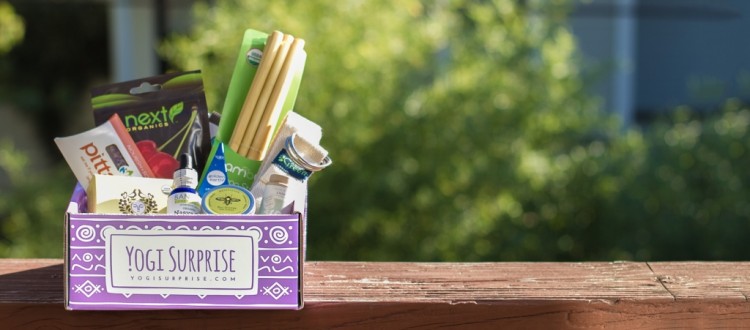
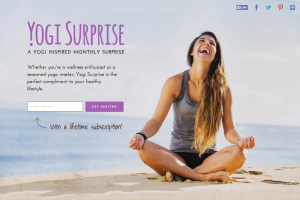









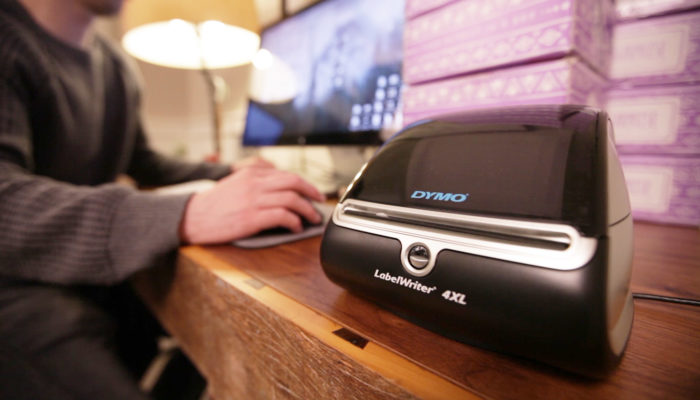
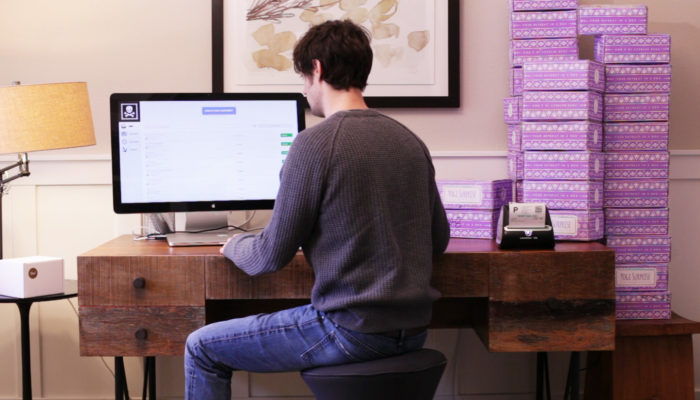
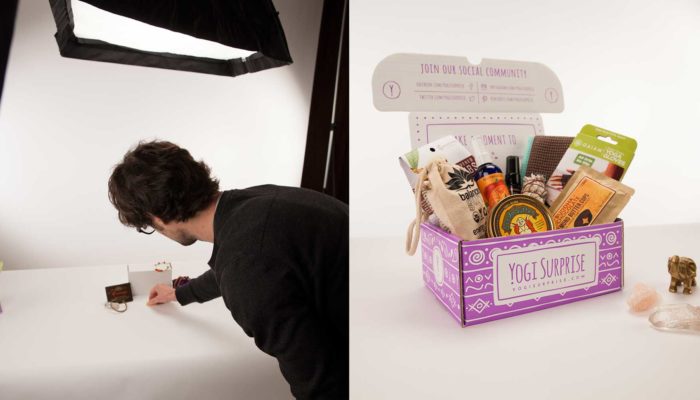
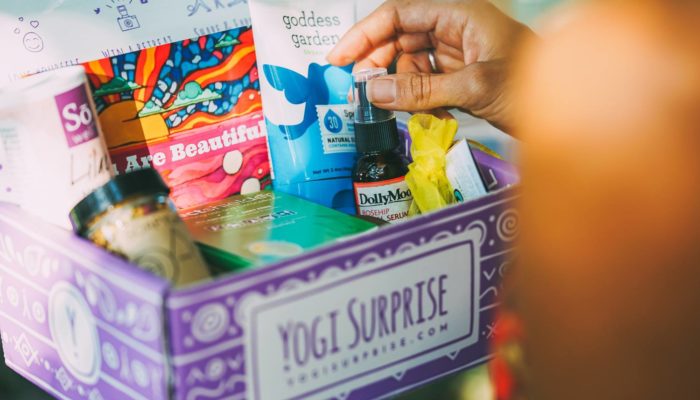
I’ve come to realize the passion thing as being most important. It will push you through the hard times.
Jameson this is awesome!!! Love your blog posts.
Could you tell me more about how you went about putting the 1st, 2nd, 3rd boxes together?
In other words…. you came up with the idea of a Yoga subscription box. Great!
But then you figured out you needed the products. .. how did you find the products? the vendors? What was that process like for you?
Hi Aaron,
Apologies for the late reply on this. I love natural product brands and yoga lifestyle products. Because I built in margin to be able to spend about $15 a box on product, I’ll literally just walk into a Whole Foods, put the box together, go home and contact the brands and negotiate bulk pricing. It’s a fairly simple process :)
Hey James!
When you said in point 2. that you made some 3d digital prototypes and some nice product images because your boxes hadn’t been printed yet, did you do all that with Photoshop or was there a better or different way to do it?
Thanks!
Ryan
Hi Ryan,
It was all done using Origami. Check this out: http://boxshot.com/origami/
Good afternoon. I am interested in find out how you went about turning the pre-subscribers into subscribers. I was thinking about doing the same thing but does this mean that we would be asking someone who already provided us with their email to provide us with further information once we are ready to start receiving payment? I’m assuming you took no payment during the pre-launch phase, right?
Hi Ana,
Yes, we only took emails during the ‘pre-launch’. Over the 5 weeks of the pre-launch, we kept those leads warm by continuing to email them teasers about the service every week or so. When we finally launched, the anticipation was so high that they converted at much higher rates. Some people go straight to ‘pre-sales’ and skip the lead gathering part, but I think the initial lead gathering ‘pre-launch’ step is extremely important – it’s also a great way to prove your concept before investing anymore time or money into it.
Hi Jameson,
How do you gauge when it’s time to call it quits during the pre-launch phase? Should you go ahead despite low pre-launch subscription numbers? Or go into pre-sale and see what happens?
Hey Jameson… what a great post!
In your 1st point, you mentioned that you used bloggers to market your pre-launch page and help it to go viral. Could you please give some more insights into how you targeted those bloggers and convinced them to help spread the word so well?
Many thanks,
Ruben
Hi Jameson – great post!
You mentioned asking bloggers to generate hype for you during your pre-launch. How did you manage to get them on board without an actual product for them to try – what are your tips for this?
Thanks
Hi Allen,
The trick is making your concept sound as compelling as possible to the influencer you’re pitching. For the yoga community, the concept of a ‘retreat in a box’ was really interesting to them. Perhaps even offer to send them a free box after you launch.
Jameson, love your posts – just stumbled across your page. Did you guys use a specific program to focus on the design of the box yourselves or did your hire a designer?
Hi Sharmin! Glad it’s proving useful for you :) My partner on Yogi Surprise is a designer and he did all the package designs. I definitely recommend finding a good designer to work with.